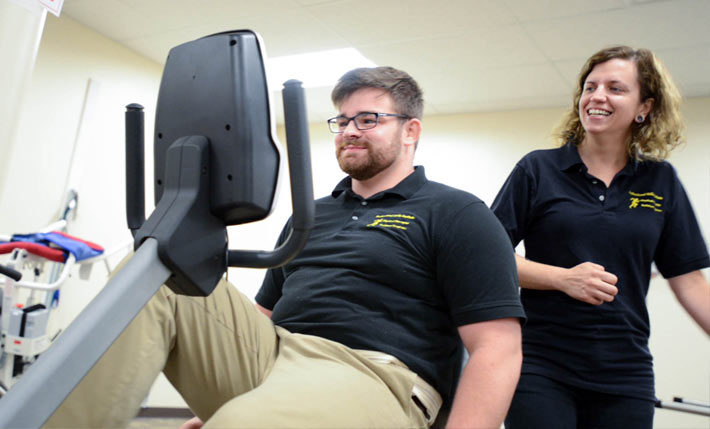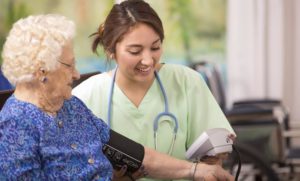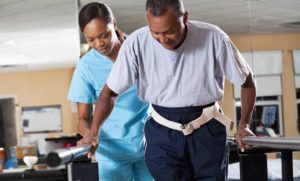Find out if a career in physical therapy is right for you
Patients of all ages rely on physical therapy to treat health conditions that limit or prevent them from performing functional activities in their daily lives. Physical therapist assistants, frequently referred to as PTAs, play a vital role in a patient’s recovery and ability to regain their full range of motion.
Due to a growing need for rehabilitative services for the country’s aging population, the Bureau of Labor Statisticsprojects that the number of physical therapist assistants will grow 26% by 2028, much faster than other jobs in the healthcare field. From patient care to administrative work, working as a PTA can be a rewarding experience with a variety of day-to-day job duties.
Read on to learn more about what it’s like to be a physical therapist assistant.
What is a Physical Therapist Assistant?
The primary role of any physical therapist assistant is to help motivate, assist and safeguard patients as they move through exercises and treatments, all while working under the direct supervision of a physical therapist.
Patients may require treatment services for a variety of reasons, ranging from arthritis to sports- or accident-related injuries. Part of a PTA’s job is understanding how to effectively motivate patients, so they are better able to perform and complete tasks as they progress through treatment.
Daily Routines and Responsibilities
On a typical day, a PTA performs an array of tasks, including managing and modifying treatments to ensure maximum effectiveness and working through mobility and coordination exercises with patients.
In addition to patient interactions, PTAs must maintain equipment and supplies, ensure facility cleanliness and compile discharge reports.
PTAs may perform these duties and more for the following locations:
- Hospitals
- Outpatient clinics
- Inpatient rehabilitation centers
- Research centers
- Hospices
- Fitness and sports training facilities
Treatments and Exercise for Patients
Physical therapy is employed as a means of helping people relieve pain, manage health conditions and recover from injuries. Under the direction of a physical therapist, PTAs work directly with patients to customize treatment plans.
Some treatments that may be taken in a patient’s recovery process include:
- Ultrasounds, taping or electrical stimulation to relieve pain
- Stretching and strengthening exercises to restore mobility and functionality
- Exercises to improve coordination, balance, prevent falls, eliminate feelings of dizziness or vertigo and manage diabetes or other vascular conditions
Throughout exercises and treatments, a PTA will track and record the progress of the patient. This task is paramount to complete tracking a patient’s improvement or regression to provide a report to the supervising physical therapist. This process allows the PTA and physical therapist to monitor changes and prepare for the next visit.
Real-World Training Gained at Professional Skills Institute
At Professional Skills Institute, we know the importance of gaining hands-on training before entering the workforce. To help our students succeed upon graduation, we combine qualified instructors with exercise equipment, patient care tools and assistive devices students will see in the field.
Throughout our PTA program, students will learn a variety of techniques such as therapeutic exercises, stretching, balance training and soft tissue mobilization.
Clinicals are a great way for students to put their classroom knowledge to use in a real-world environment. During this time, students will have the opportunity to gain job skills and see what it takes to be a member of a rehabilitation team. Additionally, clinicals open the door to make professional connections, learn more about the day-to-day tasks and improve skills.
Take the first steps toward a career as a physical therapist assistant today by contacting the admissions office at Professional Skills Institute at 800-216-5770 or schedule a campus visit online.




